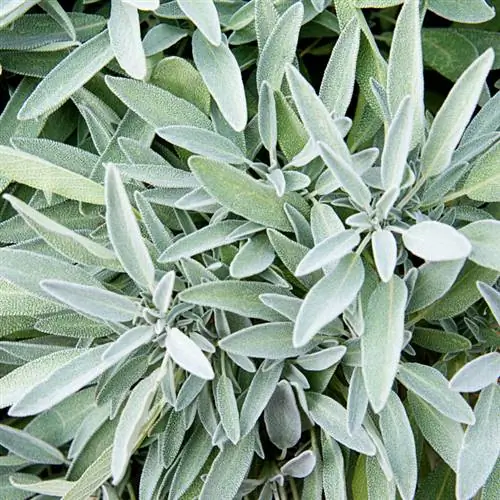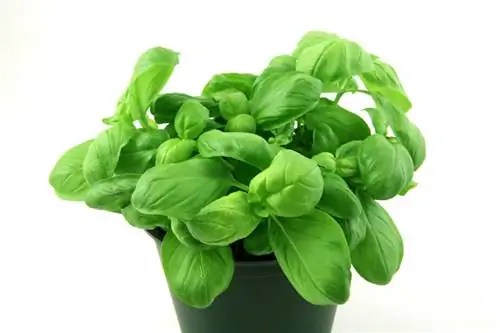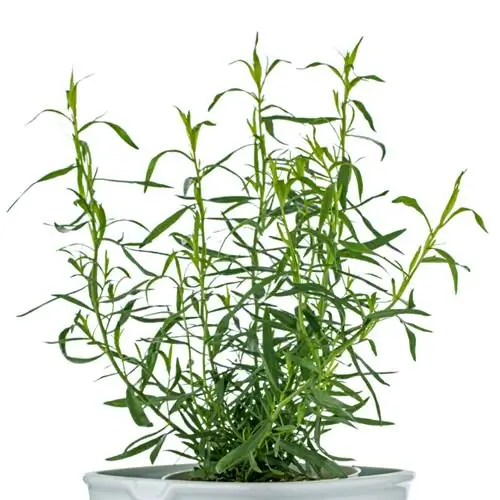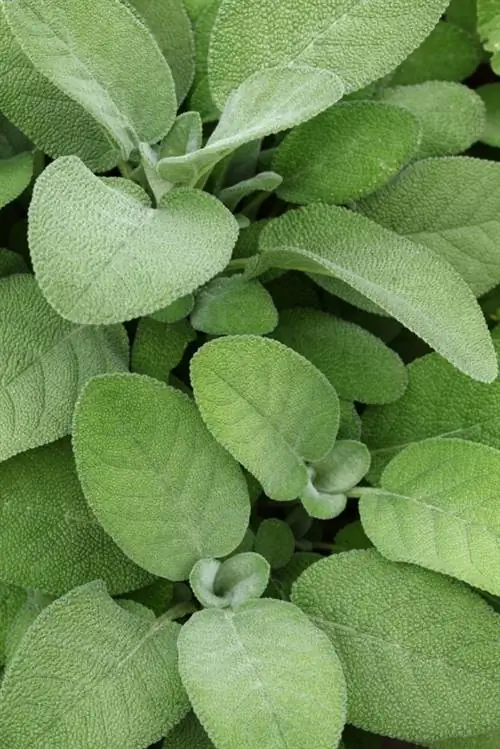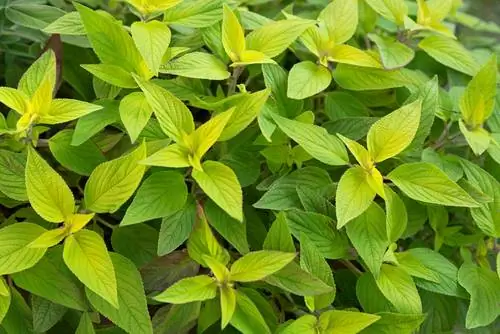- Author admin [email protected].
- Public 2023-12-16 16:46.
- Last modified 2025-06-01 06:02.
Sage transforms any balcony into a Mediterranean herb garden if a few aspects of professional cultivation are taken to heart. Find out here how you can get the best out of the aromatic shrub in the pot.

How do I plant and care for sage on the balcony?
To successfully plant sage on the balcony, choose a sunny location, use a permeable substrate with compost and sand, ensure drainage in the pot and cut the plant regularly. Water and fertilize in moderation for optimal growth.
Wasteful growth thanks to prime location and substrate
In order for sage to thrive in pots on the balcony, the choice of location and substrate have a significant influence. If you choose a sunny, warm place, the Mediterranean herb plant will immediately feel at home. If you use commercially available herbal soil, it should be enriched with compost and horn shavings. Add sand or perlite to achieve the desired permeability.
Planting sage in a pot - this is how it works step-by-step
There are just a few simple steps that make or break the successful cultivation of sage on the balcony. This includes professional planting in mid-May. Here's how to do it:
- Drainage over the water drain prevents harmful waterlogging
- Fill the substrate up to two thirds of the height of the pot
- Plant the young sage exactly as deep as in the growing pot
The right care on the balcony right from the start
Freshly planted sage is watered regularly and thoroughly until it is well rooted. Allow the substrate to dry between waterings. From the second year onwards, the water requirement reduces. The nutrient supply consists of the administration of organic liquid fertilizer (€13.00 on Amazon) every 2 weeks from March to August.
The pivotal point in care is targeted cutting. To ensure that the evergreen subshrub does not become woody, we recommend continuously cutting the shoot tips - beyond harvest requirements. In this way you support the further branching of the herbaceous parts of the plant and keep the woodiness in check. The main cut is carried out in early spring by cutting the sage down to 15 centimeters.
Before the first frost, the substrate is covered with leaves or straw. The bucket is given a winter coat made of jute and placed on a wooden block.
Tips & Tricks
Don't just throw away eggshells. When added to the sage substrate, they make a valuable contribution to permeability and counteract compaction. In addition, crushed eggshells act as a natural source of lime.

